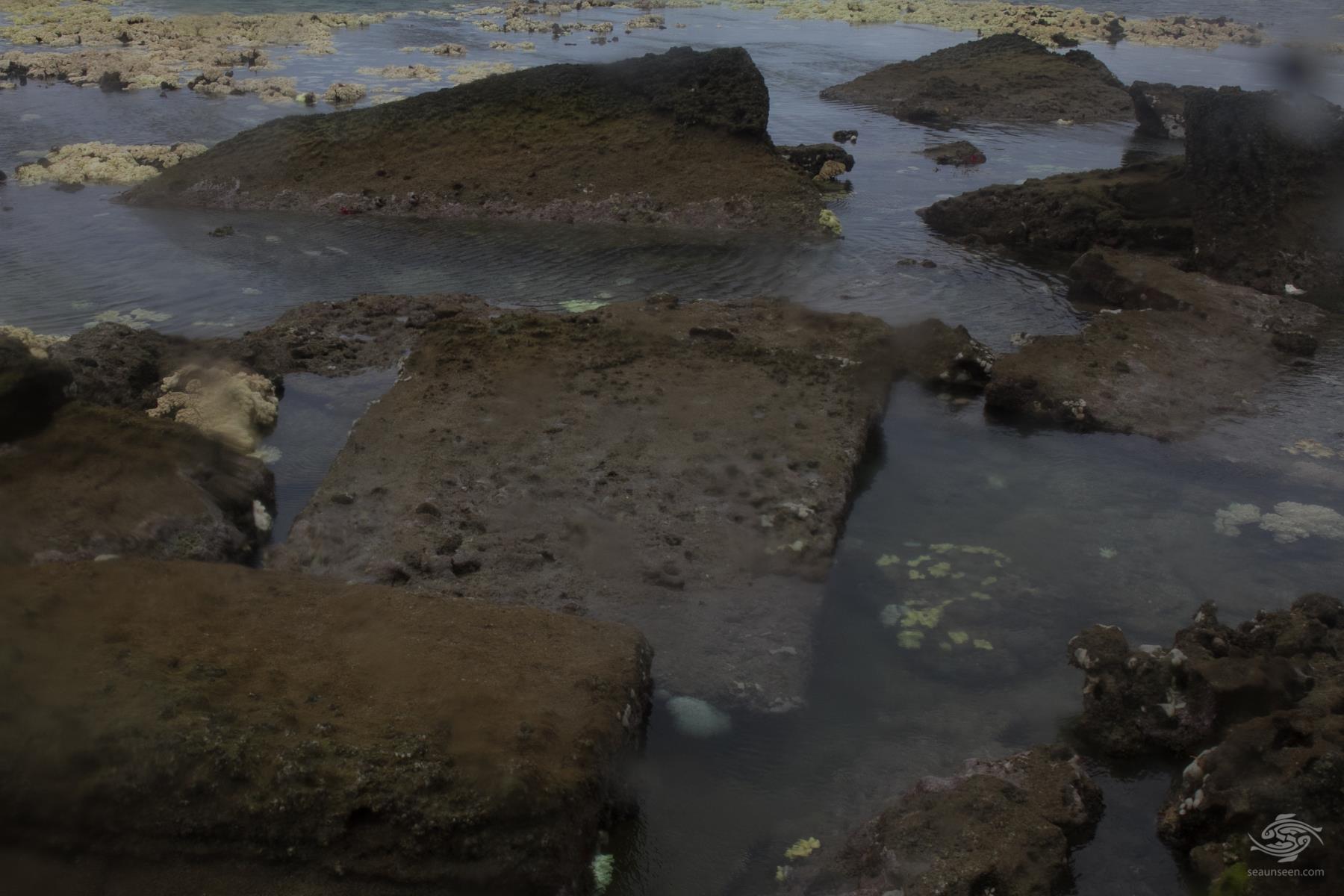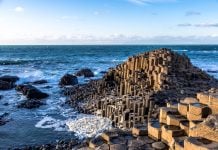A 2,000-year-old lost sunken city has been discovered by a scuba diver flying over the coast of Tanzania.
Now archaeologists believe he has discovered the remnants of the ancient lost sunken city of Rhapta.

The ancient city of Rhapta was situated on the coast of Southeast Africa. It has been described as the last important marketplace of Azania and was a reknown place for trading tortoise shells and metal weapons. Rhapta abruptly disappeared underwater about 1,600 years ago.
Its location has not yet been firmly identified, although there are a number of plausible candidate sites. According to some merchants, Rhapta is located where the river of the same name enters the Indian Ocean in front of the island of Menouthias off the coast of Tanzania.

This is exactly where the scuba diver luckily spotted a foundation and many thousands of square and oblong blocks lie to either side underwater at low tide.
The structures are situated on what is today a large sandbank and the relatively shallow waters promote warm water and the growth of algae.
The discovered strange blocks of rock seem ancient and extremely well constructed, in a fashion unlike the architecture of other ruins in Tanzania.
A series of what appear to be wide foundations ring a large area. Along the entire perimeter created by these foundations, many thousands of square and oblong blocks lie to either side. Some have fallen right off the foundation and others are still leaning against it.

The size of the blocks varies greatly along the walls. In the area above they are quite large being around 5 meters x 5 meters and 40 cm thick.
The north foundation which runs roughly west -east , is approximately 3.7 kilometers long. There may be parts covered by sand however, so it could be longer. The width between the north and south foundations at the widest point is approximately 1 kilometer. The foundations themselves vary in width from 10 meters to 20 meters. The south foundation is mainly underwater and is equal in length to the north foundation.
The largest intact block seen was approximately 5 meters by 5 meters and 40 cm thick. The blocks appear to be made out of a type of matrix. The matrix is light brown in color and resembles sand stone. Given the sheer number of and assumed weight of the blocks, they are more likely to be made of some type of cement. Some of the blocks also have small perfectly square holes in them as well as oblong holes in them near the edges. There are no sandstone deposits known in the area. The logistics of transporting the blocks to the area would have been formidable.

Alongside the walls are some large porites corals which grow at a rate of approximately 4.5 mm per year. The largest of these corals seen was around 2.5 meters in width indicating a rough age of the coral in excess of 550 years. This implies that the walls have been underwater for a long time. Due to the low visibility and sheer size of the place only a very small area was looked at.

The foundations are composed of the same material as the blocks, which resembles some type of sandstone or cement. It seems to be composed of very large sections which vary greatly in shape. Many are square or triangular in shape and they appear to be cast. In some places the gaps between the blocks are still filled and the filler protrudes from the gaps. This seems to indicate that the structure has been cast in some type of concrete.

Without a significant amount of research, it is impossible to say exactly what the site is. It, however, appears to be a very old harbour city. Doubtless the site will keep archaeologists busy for many years.












